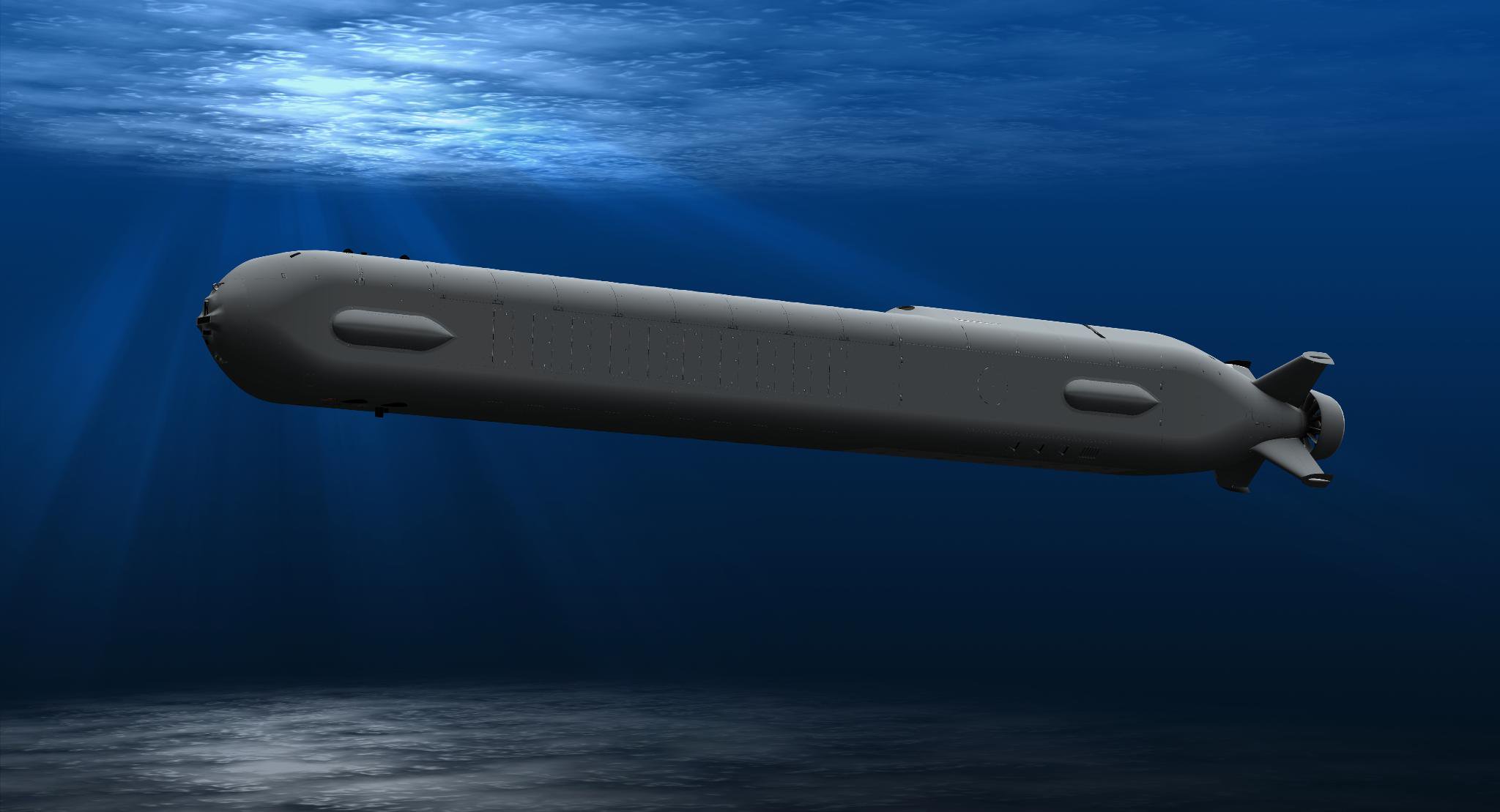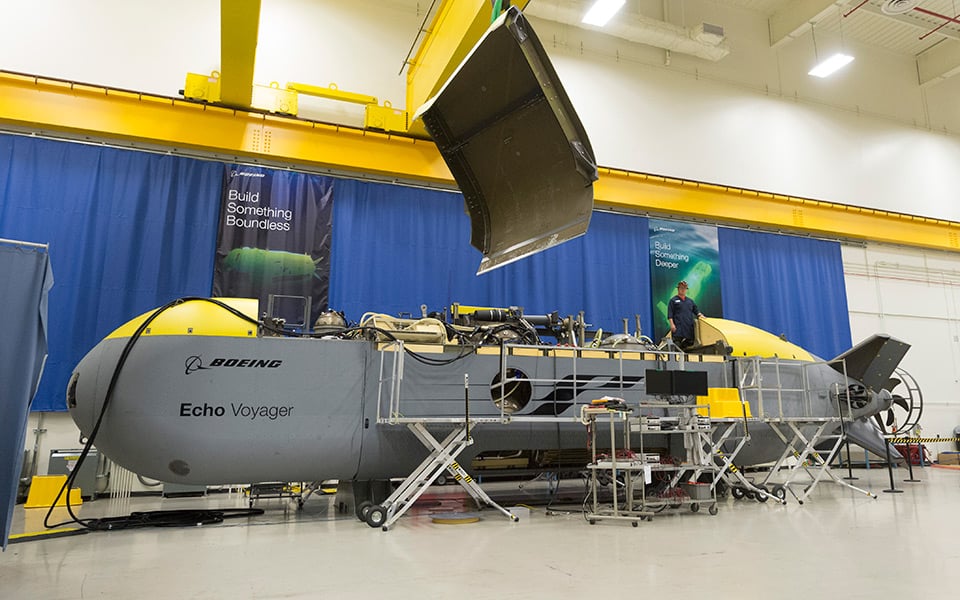
LONDON — Britain’s Ministry of Defence is exploring options for the development of an Extra Large Unmanned Underwater Vehicle (XLUUV) to conduct covert missions at distances of up to ranges 3,000 nautical miles for three months at a time for the Royal Navy.
As a preliminary step, the MoD’s Defence Science and Technology Laboratory (DSTL), similar to the Pentagon’s DARPA, launched a competition this week to find an autonomous control system with the potential to successfully undertake such complex and arduous operations.
The winning system will be integrated into an existing commercially-available underwater vehicle offering 70 cubic feet of internal payload space for sensors and other operational equipment weighing up to two tons. The package will then undergo two years of intensive testing by DSTL and Royal Navy personnel.
The program is intended to help the Royal Navy understand the future utility of an innovative future XLUUV and draw up a concept of operations. Likely tasks include reconnaissance and surveillance, underwater data gathering, payload delivery and recovery and a remote automated sense and warn capability.
The MoD has, “an enduring requirement for an increased presence within the underwater battlespace and is looking to address the lack of current options in order to increase the number of delivery ready platforms,” according to the DSTL competition announcement.
“Though it is possible to increase mere presence in the underwater battlespace with smaller, discrete, autonomous systems, these cannot complete many of the operations currently undertaken by larger manned assets. Therefore the combined future need is for a fully autonomous system of the size and capability of current manned systems.
“Developing and testing the potential capability to deliver these future operational requirements is not possible with current Royal Navy assets and requires research and development of a larger more payload-flexible autonomous test system in partnership with commercial suppliers.”
The test vehicle will have a low radiated acoustic signature and will employ open architecture principles to facilitate the integration of third-party systems and the swapping of sensors and other payloads.
Sensors listed in the DSTL document include electro-optical, electronic warfare, communications electronic support measures, and acoustic or non-acoustic surveillance systems for “credible long-range anti-submarine warfare.”
In February, the U.S. Navy awarded Boeing a $43 million contract for four Orca XLUUVs as part of the service’s program to develop the capability.

The DSTL has also outlined three covert mission scenarios that might be used to evaluate the UUV and its autonomous control system: intelligence gathering, enacting an anti-submarine warfare barrier and deploying and recovering a sensor payload:
- Tasked to monitor traffic in a maritime operational area, an XLUUV leaves its dock, autonomously navigates underwater to the required location, loiters at or below periscope depth and monitors passing vessels for up to three months, using its above water electronic, underwater acoustic and optical intelligence-gathering sensors. The XLUUV may position itself on the sea floor and release a tethered sensor to periscope depth. A vessel of interest is detected; the XLUUV reports the incident and continues monitoring.
- Tasked to provide an anti-submarine barrier, the XLUUV transits underwater to a checkpoint and patrols a pre-determined area for three months. The XLUUV recognizes the acoustic signature of a target of interest, identifies it as hostile, reports the incident to control and continues patrolling. Alternatively, upon reporting the incident, the XLUUV could be re-tasked.
- Tasked with deploying a sensor payload to the seabed and recovering it at a later date, the XLUUV transits to just outside the operational area and rises to periscope depth to await a signal. A ‘go code’ is transmitted from control; the XLUUV dives to operation depth, moves into the operational area and drops the payload. The XLUUV exits the operational area, rises to periscope depth and transmits a ‘complete code’ before returning to base. At a later date it is tasked with recovering the payload from the seabed
The deadline for submission of responses to the DSTL competition announcement is June 11.





